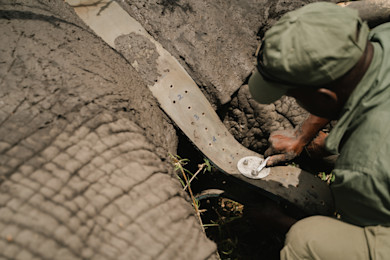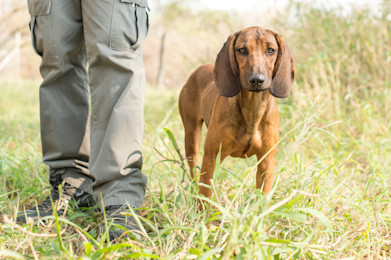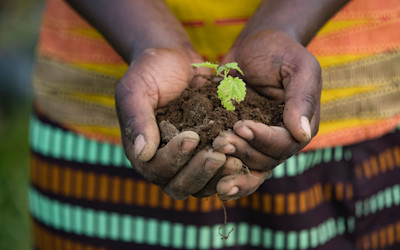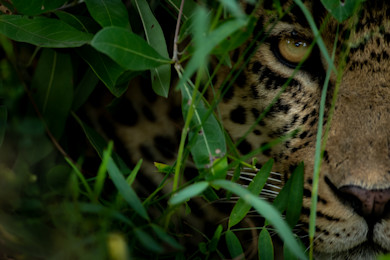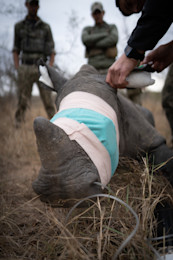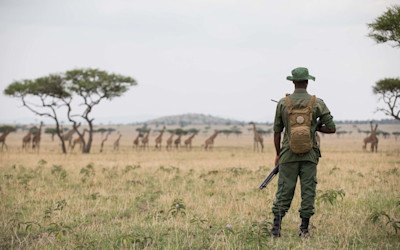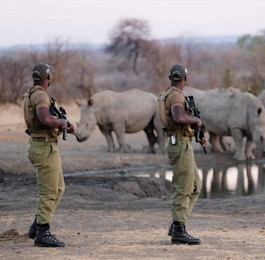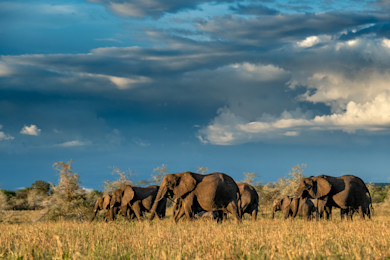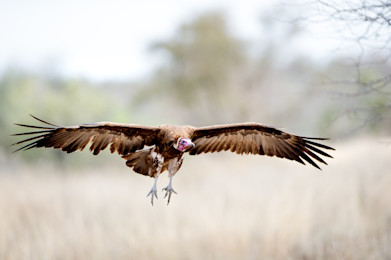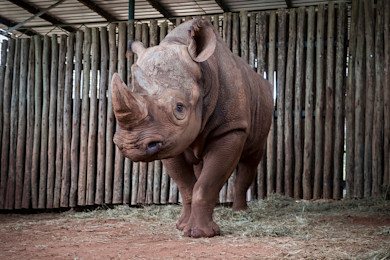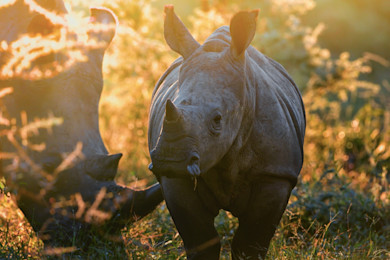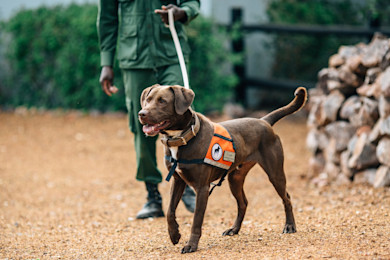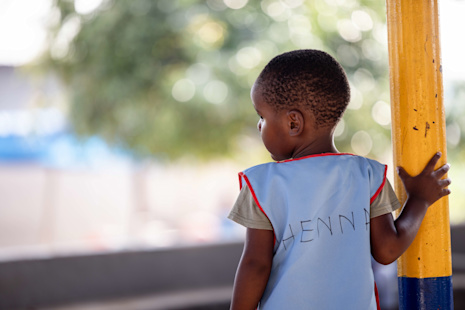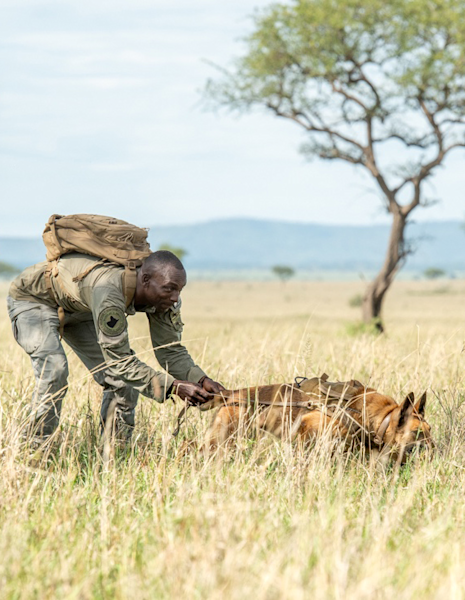
Panthera Project Furs for Life
Surprisingly to many, leopards are one of the most intensely persecuted wild cats in the world.
Across southern Africa, large numbers of leopards are poached for their skins, some of which are used for ceremonial and religious dress by the rapidly expanding Nazareth Baptist (Shembe) Church.
Data collected by scientists from Panthera, the world’s leading wild cat conservation organisation, suggest that between 1,500 and 2,500 leopards are killed each year to fuel the demand for skins. To put this in perspective, South Africa’s wild leopard population is estimated at only 4000-5000 animals. This means that the species is being targeted across its southern African range, with the resulting pressure on the region's leopard population being wholly unsustainable. Unless urgent action is taken, leopards will become the next tiger, teetering on the precipice of extinction.
In 2013, Panthera initiated the Furs for Life project in an effort to curb the poaching of leopards for their skins. Working with digital designers, Panthera created a high-quality, affordable faux leopard skin for use in ceremonies. Thanks to the support of Shembe leaders, the faux skins are gaining increased acceptance as viable alternatives to real leopard skins. Surveys undertaken at Shembe gatherings indicate that the provision of faux furs has already reduced the demand for skins by 50%, preventing hundreds of leopard deaths each year.
Singita Lowveld Trust, our conservation partner in South Africa, is proud to partner with Panthera in supporting such an elegant and novel approach to solving a complex conservation challenge whilst respecting local customs and culture.
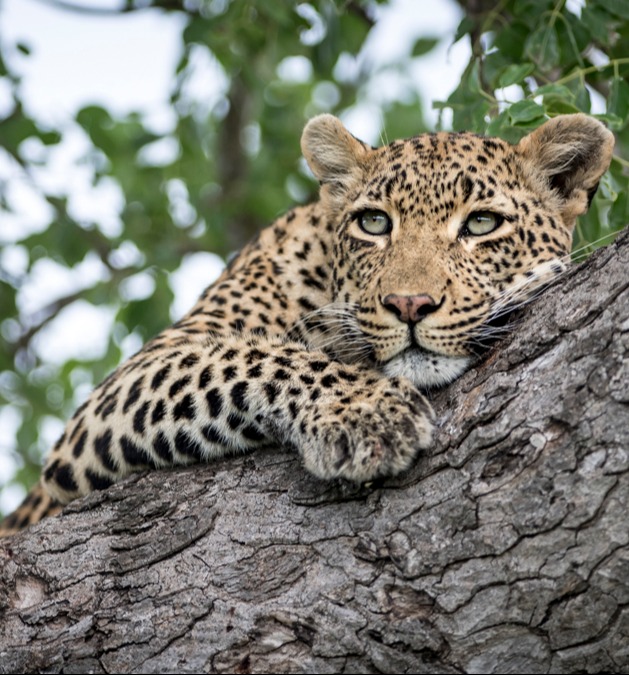
Panthera Project Furs for Life
BiodiversityShare:
Other Biodiversity Projects
AllTanzaniaSouth AfricaRwandaZimbabwe
AllTanzaniaSouth AfricaRwandaZimbabwe

